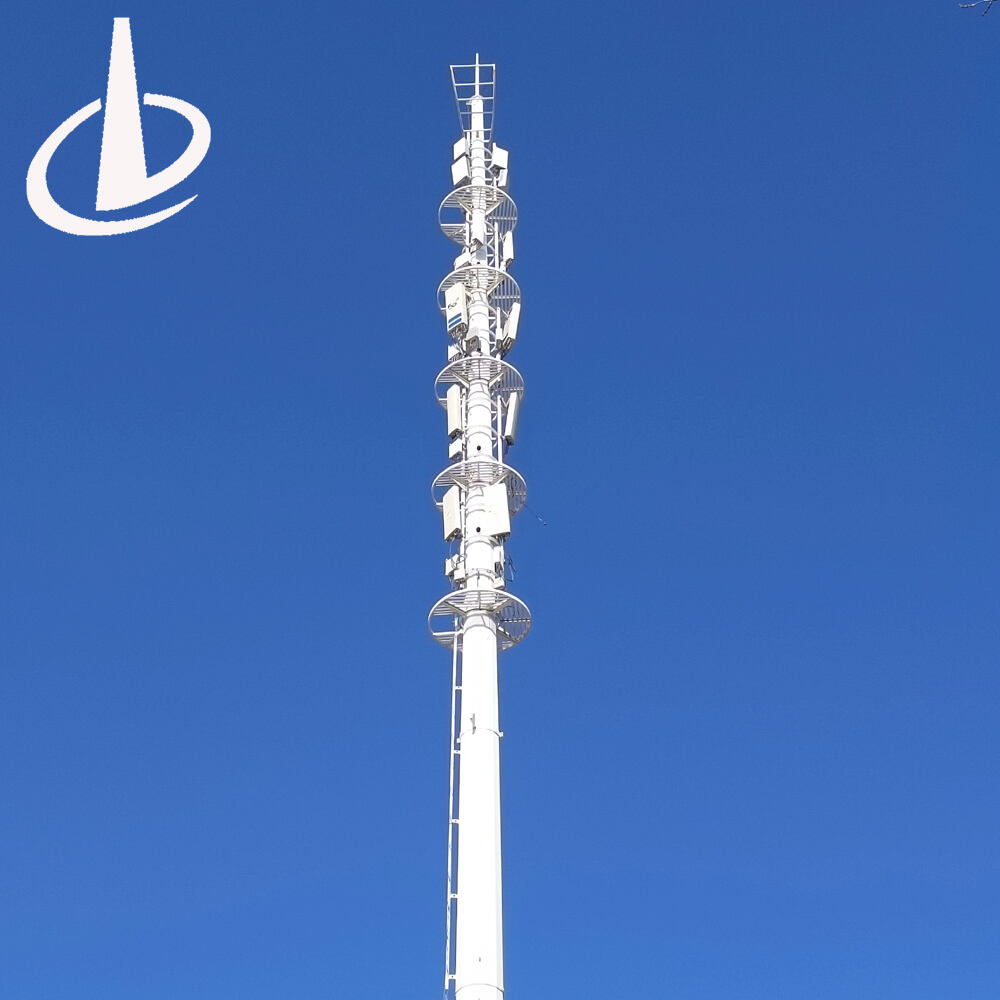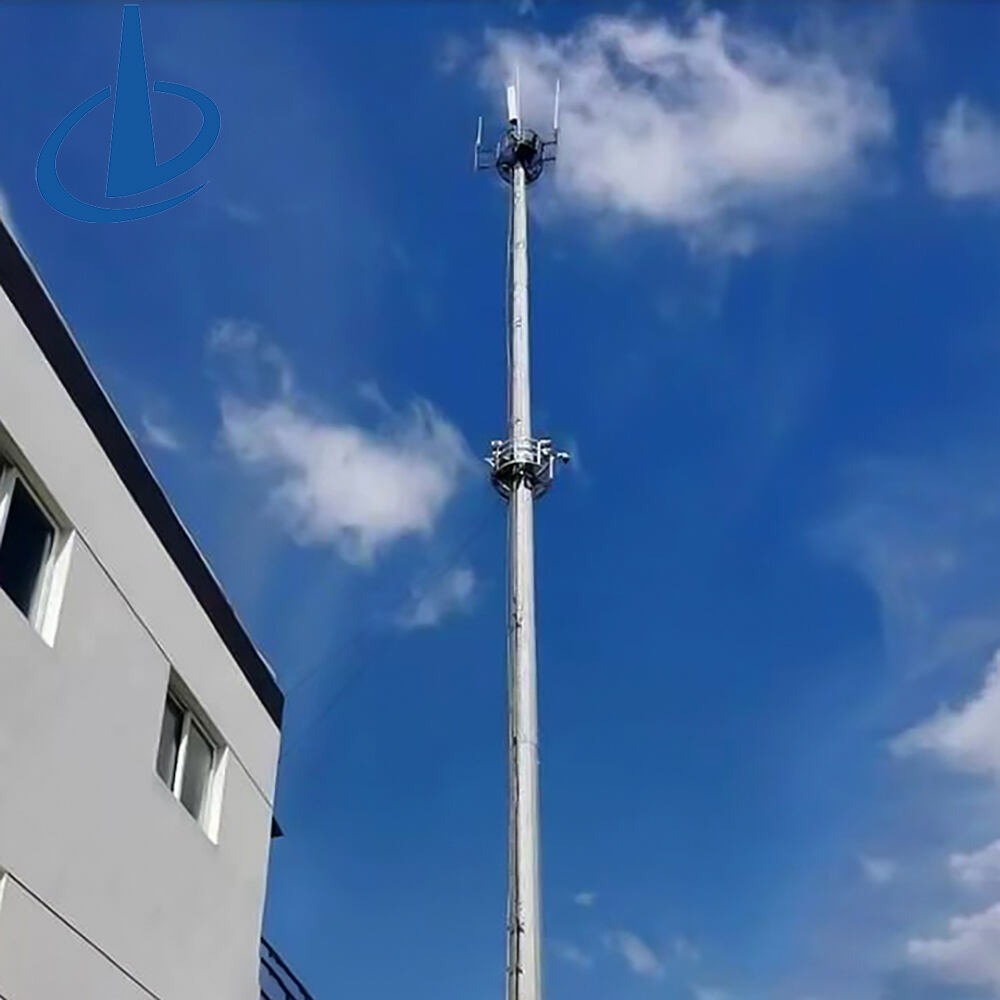the iron tower
The iron tower stands as a remarkable feat of engineering, serving as a crucial infrastructure element in telecommunications, power transmission, and industrial applications. These robust structures, constructed from high-grade steel and iron components, are designed to withstand extreme weather conditions while providing essential support for various equipment and installations. Modern iron towers incorporate advanced galvanization techniques and protective coatings that significantly extend their operational lifespan, typically ranging from 30 to 50 years with proper maintenance. The towers feature modular designs that allow for customizable heights and load-bearing capacities, making them adaptable to diverse requirements across different industries. They are equipped with advanced safety features including anti-climb devices, aviation warning lights, and specialized access platforms for maintenance personnel. The engineering behind these structures takes into account factors such as wind load resistance, structural integrity, and foundation requirements, ensuring optimal performance in various environmental conditions. Their versatility extends to supporting multiple antenna systems, power lines, and communication equipment simultaneously, making them cost-effective solutions for infrastructure development.


